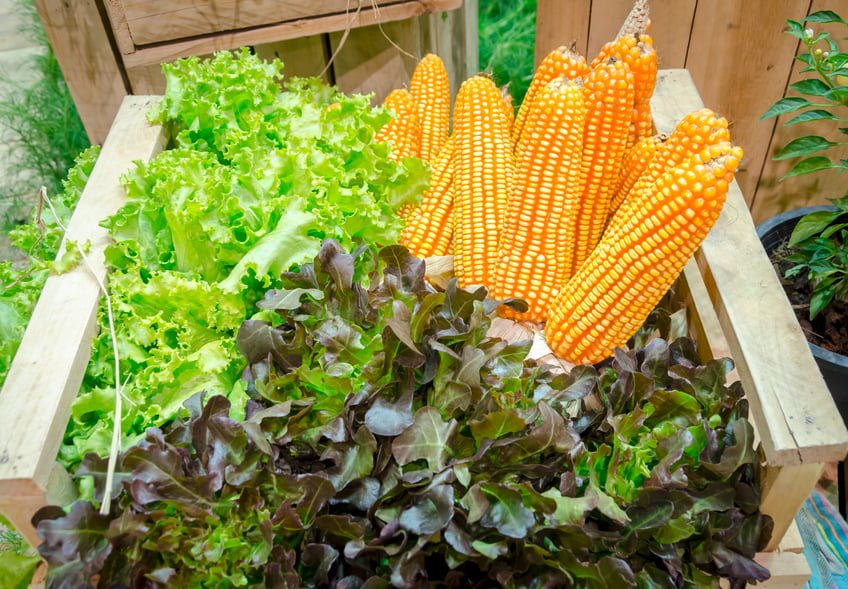
The Three Sisters Garden concept reflects the core concepts of Native American culture as well as the very roots of American history. Many of the colorful place names for this region, such as Wasatch and Utah, were derived from Native American words. So it seems only natural to learn more about a Native American gardening tradition that is so ideally suited to the local climate. The companion planting concept arguably originated with the three sisters, but this technique is emphasized today as the most effective way to improve yield while reducing or eliminating the need for pesticides and fertilizers. Here’s what you need to know for introducing a Three Sisters Garden in your own back yard.
Why to Plant: Connecting with a Native Tradition
An ancient method of companion planting, a Three Sisters Garden consists of inter-planted corn, beans and a variety of gourd, such as squash, pumpkin or melon. Corn, the oldest sister, provides support to the beans. The second sister, beans, will in turn hold nitrogen in the soil. Then the large squash leaves of the third sister cover the bare ground, which helps retain moisture and deter pests. The three sisters intertwine to create a biodiverse family of plants that are mutually beneficial to each other and their micro-environment.
What to Plant: Native and Heirloom Varieties
Native corns are often heartier and more drought-resistant than modern varieties. It’s best to choose seeds that are heirloom and open-pollinated for your Three Sisters Garden. You might try ruby red corn, Tutelo Strawberry, or one of your own favorite varieties. Ancient climbing beans, such as black turtle or tepary beans, are well suited for the local semi-desert environment. As for squash, you may enjoy patty-pan or sweet dumpling squash, or even winter varieties like acorn, butternut or pumpkin. To help bring pollinators into the garden, why not add a “fourth sister,” like a flowering bee plant, firecracker penstemon or Russian sage.
How to Plant: Honor the Four Directions
In early spring, reserve a section of garden at least 4 feet wide and work in compost and soil amendments to form a foot-high mound. After the last frost, sow eight corn seeds about 6 inches apart in a circle, starting with the first seed at due north. Cover with soil and keep moist until the corn germinates. Once your corn reaches a height of about 8-10 inches, it’s time to plant the beans. Evenly space four beans around each corn stalk, honoring the four directions as you plant. After the beans grow to 4 inches high, evenly space six to eight squash seeds around the outside ring of the corn and beans. As the squash vines grow, direct them around the mound and up into the center ring of corn.
Planting a Three Sisters Garden is a fun and rewarding way to connect with native tradition and to teach kids the importance of respecting the environment. The helpful advisors at Millcreek Gardens can offer both inspiration and expertise. With their knowledge of our regional climate, the staff can recommend the ideal plants and products for your Three Sisters Garden this spring.


